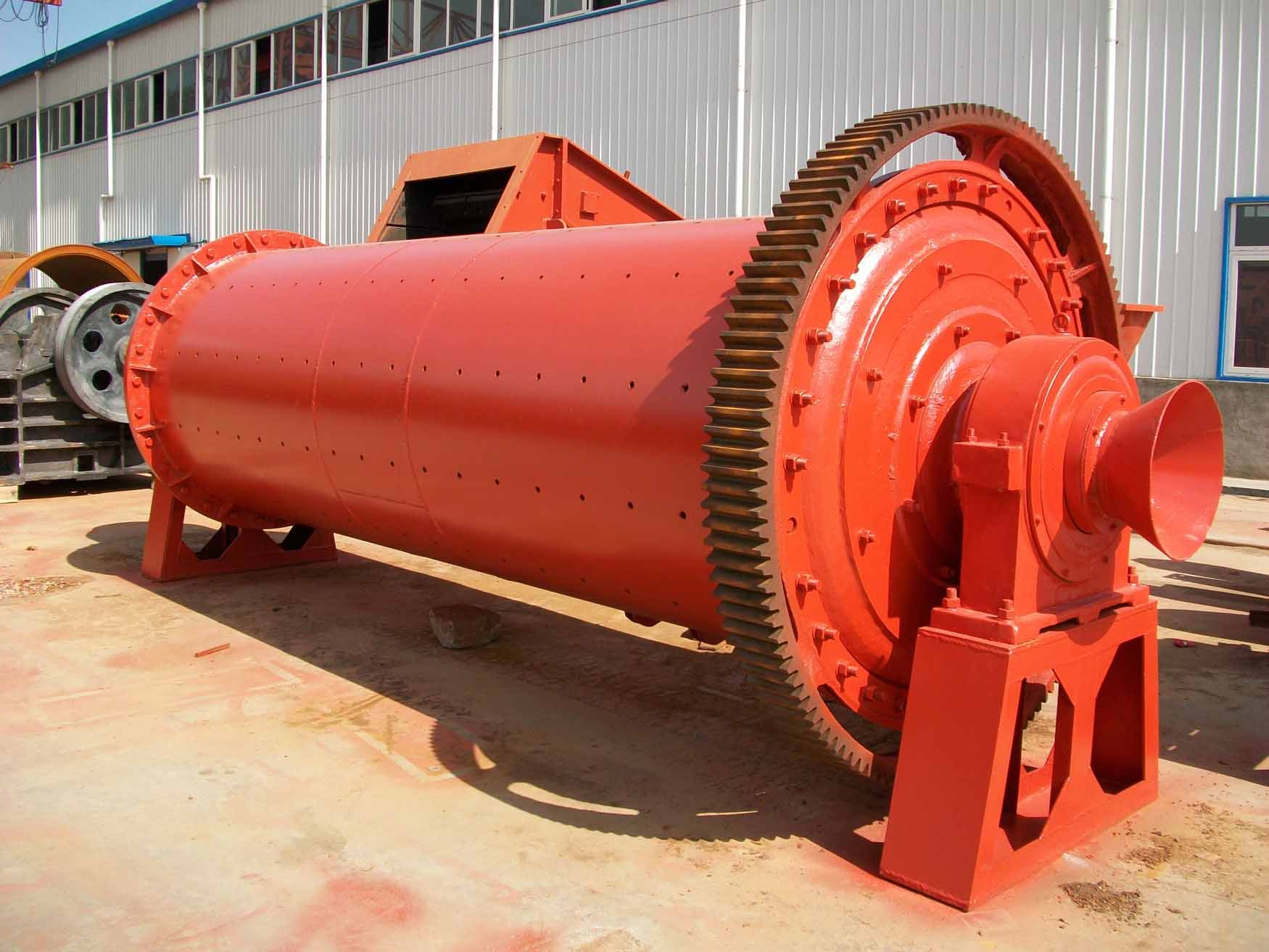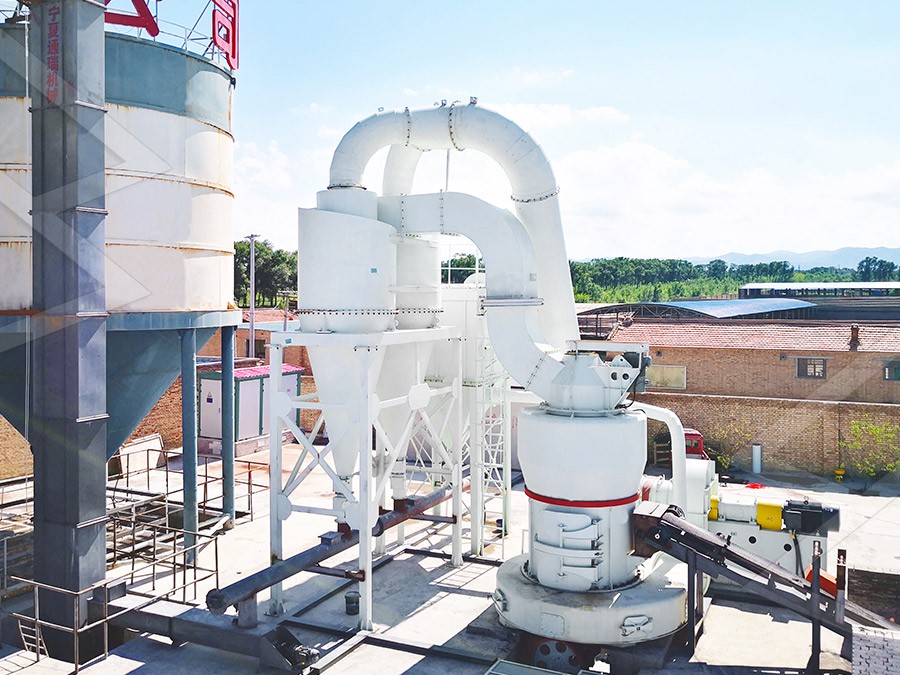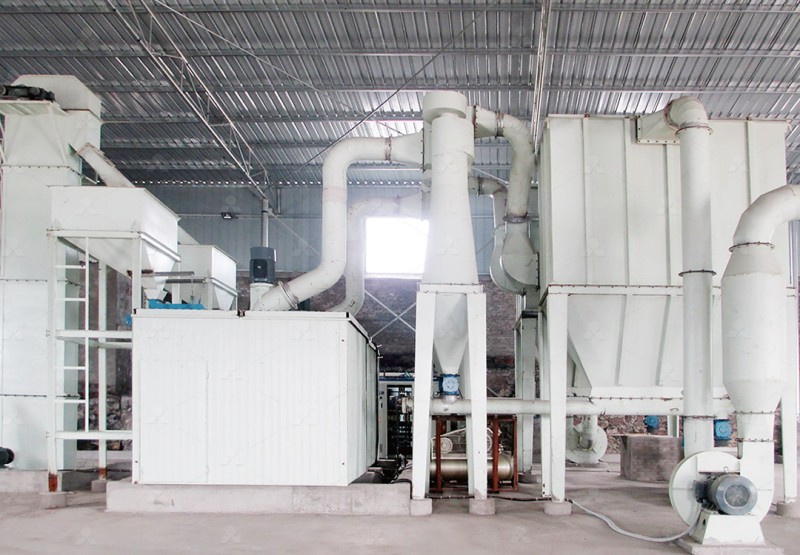Difference Between Ball Mill and Tube Mill: A Comprehensive Comparison
Difference Between Ball Mill and Tube Mill: A Comprehensive Comparison
In the world of mineral processing and size reduction, two names often come up: the Ball Mill and the Tube Mill. While they might seem similar to the untrained eye, there are some critical differences that can significantly impact your operation’s efficiency, cost, and final product quality. Let’s break it down, shall we?
Fundamental Design and Operation
The most glaring difference lies in their length-to-diameter ratio. A traditional ball mill is generally shorter, with a length roughly equal to or slightly greater than its diameter. It’s designed for fine grinding. The tube mill, on the other hand, is characterized by its long, cylindrical shape, often with a length several times its diameter. This design allows for a longer residence time of the material inside the mill.

In terms of operation, both utilize the same basic principle: tumbling action. Material is fed into a rotating cylinder (the drum) partially filled with grinding media, like steel balls. As the cylinder rotates, the balls are lifted and then cascade down, crushing and grinding the material through impact and attrition. However, the longer tube mill provides a more gradual and controlled size reduction, often making it preferable for certain continuous processes where a specific, consistent product size is paramount.
Key Performance Differentiators
- Product Fineness: Ball mills are fantastic for achieving a fine to very fine grind. Tube mills, due to their extended length, can achieve an even finer and more uniform product, but this comes at a cost.
- Energy Consumption: This is a major factor. Tube mills, being larger and requiring more power to rotate, are notoriously energy-intensive. Their longer length means more material needs to be moved and more friction is generated. Ball mills are generally more energy-efficient for most standard grinding tasks.
- Maintenance & Cost: The simpler, more robust design of a standard ball mill often translates to lower initial investment and easier, less frequent maintenance. The complex and large structure of a tube mill can lead to higher capital and upkeep costs.

The Modern Alternative: Beyond Traditional Milling
While the debate between ball and tube mills is classic, modern technology has offered a superior solution for ultra-fine powder production. For operations that demand the highest levels of fineness without the excessive energy drain of a tube mill, our MW Ultrafine Grinding Mill presents a revolutionary alternative.
This machine is engineered for customers who need to make ultra-fine powder (adjustable between 325-2500 meshes!) and is designed with operational efficiency and environmental consciousness at its core. Unlike traditional mills, it boasts higher yielding with lower energy consumption – the system energy consumption is only 30% of that of a jet mill. It’s equipped with an efficient pulse dust collector and muffler, making the entire production process cleaner and quieter.
Key Advantages of the MW Ultrafine Grinding Mill:
- Higher Yielding, Lower Energy Consumption: Production capacity is 40% higher than jet mills and yield is twice as large as a ball mill.
- No Rolling Bearing & Screw in Grinding Chamber: Eliminates worries about bearing damage or machine failure from loose screws.
- Eco-Friendly Operation: Pulse dust collector ensures no dust pollution, meeting national environmental standards.

Conclusion: Choosing the Right Tool for the Job
So, ball mill or tube mill? The choice hinges on your specific needs:
- Ball Mill: Ideal for general fine grinding, offers a good balance of performance, energy use, and cost. Great for many standard applications.
- Tube Mill: Suited for applications requiring an exceptionally fine and uniform grind, but be prepared for higher energy and maintenance costs.
- MW Ultrafine Grinding Mill (The Modern Choice): The optimal solution for producing ultra-fine powders with maximum energy efficiency, lower operating costs, and a minimal environmental footprint. It effectively bridges the gap, offering the fineness one might seek from a tube mill without the associated drawbacks.
Before you decide, consider the advancements in grinding technology. Often, the best choice isn’t between two older technologies, but rather adopting a newer, more efficient solution designed for today’s challenges.
